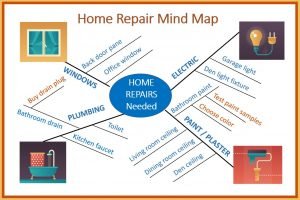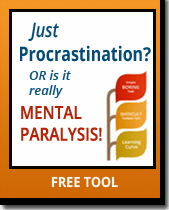Breakthrough Solutions
for Attention Deficit Disorder Adults
from Bonnie Mincu
Senior Certified ADHD Coach

Imagine how far you could reach…
if only you knew how to get out of your own way!
I’m Bonnie Mincu, Senior Certified ADHD Coach. Through coaching and training, I’ve been helping ADD / ADHD Adults reach breakthrough solutions since 2001.I know how so many of the traits of Adult ADD / ADHD can keep you from reaching your potential.
- You’ve wasted countless hours on procrastination and disorganization, or were frozen with overwhelm.
- You’ve sabotaged your own follow-through with difficulty managing time, planning and prioritizing.
- Breaking down projects, keeping a calendar or even dealing with your to-do list can feel like wading through fog.
And then there’s the paralyzing shame, which makes it all so much worse.
Yes, you CAN learn how to get out of your own way.
It starts with approaching your roadblocks with a whole different kind of awareness.
Two Ways to work with me

ADHD Coaching
One-to-one by Phone or Zoom
Work one-to-one with me on customized strategies to achieve your maximum breakthrough as quickly as possible. My ADHD Coaching clients often see an immediate increase in productivity and earnings.

“PRODUCTIVITY PATHFINDER” ADHD Membership Training Program
Ultimate Training + Support for ADD / ADHD Adults
Transform procrastination, paralysis and overwhelm into proactive and productive action. Affordable monthly membership program guides you step by step to achieve the self-mastery and habit changes that have so far eluded you. Click for details.
“Bonnie, there are no words to express how deeply I’ve been affected by your blog! I’ve only read a few things, but they have created such a complete mind shift that the tears shed have washed away my struggles forever!
For the first time in my life I feel understood and hopeful that I can put some tools and systems in place to help me overcome!”
—Michelle near Seattle
In the Blog

Manage your ADHD to get your work done Having ADHD doesn’t mean that you can’t hold a job or do your job well. Most adults with ADHD can succeed in their careers because they know how to manage their condition at work. The following tips can help you get through the workday with minimal stress, Read post.

ADHD and Mind-Mapping: Best Technique for Planning
Capture your thoughts visually to plan your project With ADHD, you’re full of ideas. But your plans just continue to swirl around in your head without turning into action. If you don’t capture your thoughts in a way you can act upon, too many ideas can just become an overwhelming distraction that keep you stuck. Read post.

How to change your words and banish ADHD shame What you say defines you. Not just to others, but to yourself. When guilt, embarrassment, or ‘not enoughness’ of ADHD slip into your conversation, you transmit insecurity and shame. Worse, you reinforce that message to yourself. But if you pause just long enough to reconsider and Read post.


